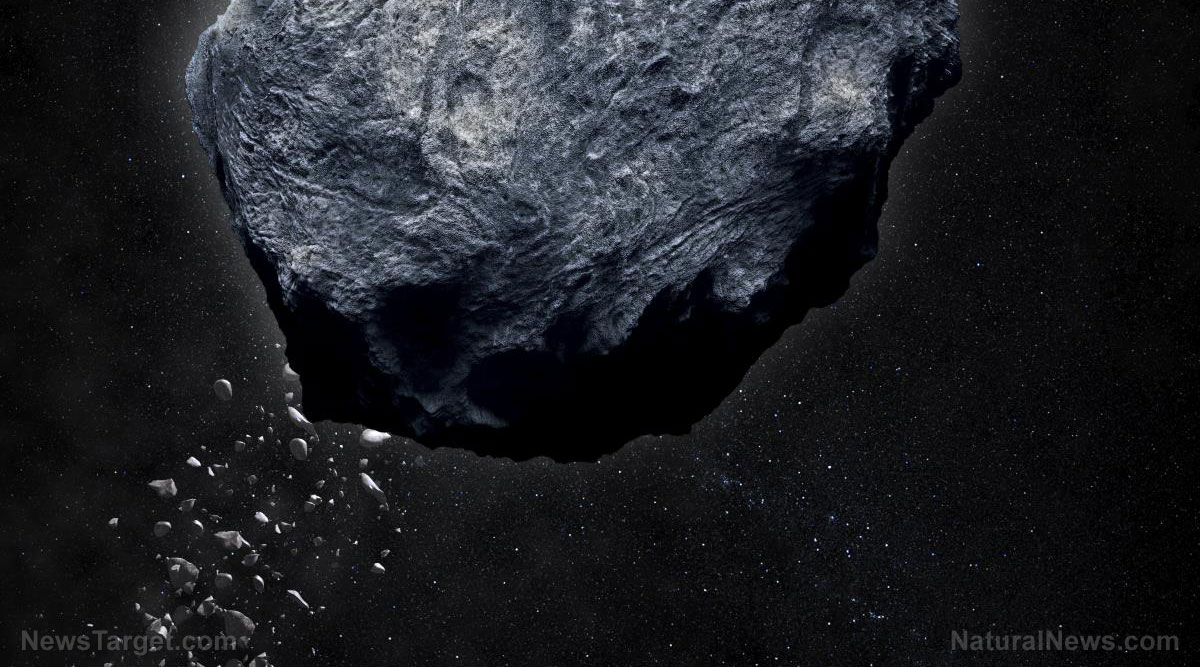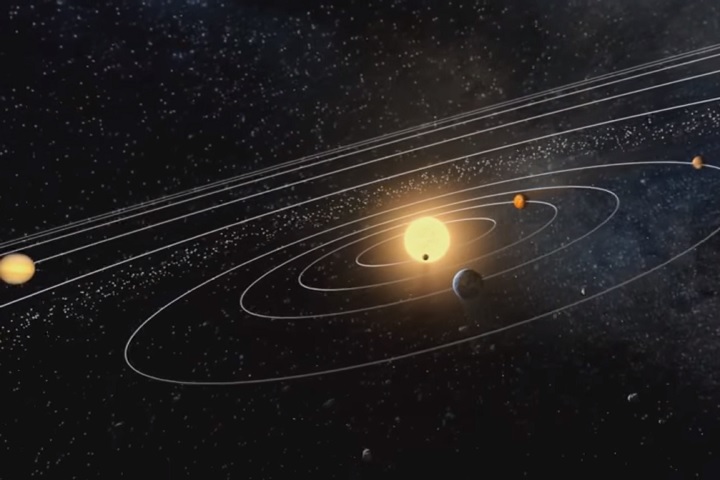Newly discovered exoplanet appears to have nuclear fusion taking place in its core
01/25/2023 / By Kevin Hughes

An international team of scientists recently discovered an exoplanet that seems to have nuclear fusion ongoing in its core.
Using direct imaging provided by the European Space Agency’s Gaia spacecraft, the team headed by Sasha Hinkley of the University of Exeter in England found the exoplanet orbiting approximately 300 million miles away from the star HD 206893. It was given the name of HD 206893 c after the neighboring star. (Related: NASA’s alien-hunting probe discovers 100 new planets orbiting stars outside our solar system.)
Following up on the Gaia data, Hinkley’s team employed the GRAVITY instrument on the Very Large Telescope in Chile’s Atacama Desert to directly verify the existence of HD 206893 c. It also allowed them to examine the light spectrum from the exoplanet’s atmosphere.
Researchers observed the exoplanet brightening and dimming, which led them to surmise that the core of HD 206893 c is undergoing nuclear fusion. According to the scientists, the nuclear fusion ongoing inside the exoplanet is fueled by deuterium, an isotope of hydrogen that carries a neutron.
“The discovery of HD 206893 c is a really important moment in the study of exoplanets, as ours may be the first direct detection of a ‘Gaia exoplanet,'” said Hinkley. “[This] is also very significant because it shows that we can now directly characterize the atmospheres of these exoplanets, where we know from previous studies that they most commonly reside at roughly two to four times our Earth/sun distance.”
HD 206893 c may be a planet or brown dwarf star
The star HD 206893, which is almost 30 percent bigger than the sun, is located about 130 light years from Earth. It has a known debris disk around it and has also been considered a good candidate for discovering additional extrasolar planets or planets outside of the solar system.
HD 206893 c, the newly-discovered exoplanet near the star, is possibly about 13 times bigger than Jupiter – the largest planet in the solar system. But its immense size and proof of nuclear fusion could indicate that it is between the borders of being a planet and a brown dwarf star, or a failed star.
A brown dwarf star is an astronomical object that is sized between a giant planet and a small star, which is believed to emit infrared radiation. While brown dwarf stars form in the same manner as normal stars, they do not have the mass required for sustained nuclear fusion.
Researchers had initially found a brown dwarf star, called HD 206893 b, orbiting the host star in 2017.
Nevertheless, long-term observation by the ESO HARPS instrument, including accurate measurements of the host star’s proper movement with the Gaia mission, also indicated the presence of an inner, lower mass counterpart. Further analysis using the GRAVITY instrument revealed the existence of the astronomical object HD 206893 c orbiting around 300 million miles from its host star.
The finding provides concrete evidence that current instruments are able to directly discover exoplanets on orbital scales that are identical to the solar system.
Head over to Space.news for more news about exoplanets.
Watch this video about an exoplanet that was discovered while still in the process of creation.
This video is from The Clampdown Report channel on Brighteon.com.
More related stories:
The hottest known exoplanet found to have skies made out of iron and titanium.
Cradles of life? New research says oceans on exoplanets may harbor more life than Earth.
Astronomers discover 3 galaxies from EARLY UNIVERSE.
Sources include:
Submit a correction >>
Tagged Under:
breakthrough, brown dwarf star, cosmic, deuterium, discoveries, European Space Agency, exoplanets, failed star, Gaia spacecraft, GRAVITY instrument, HD 206893, HD 206893 b, HD 206893 c, nuclear fusion, physics, research, Space, space exploration, star system
This article may contain statements that reflect the opinion of the author



















